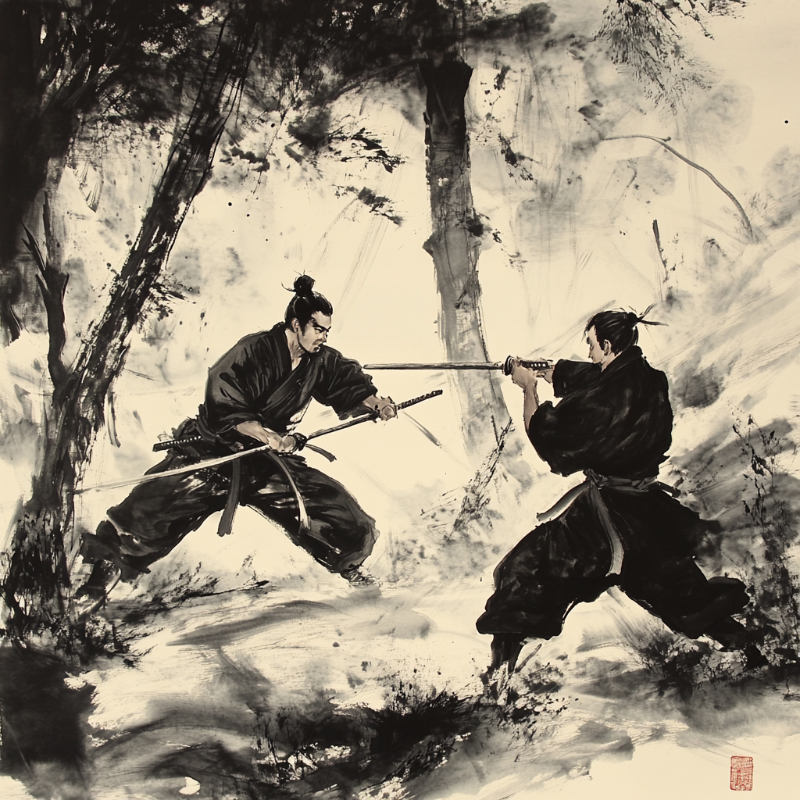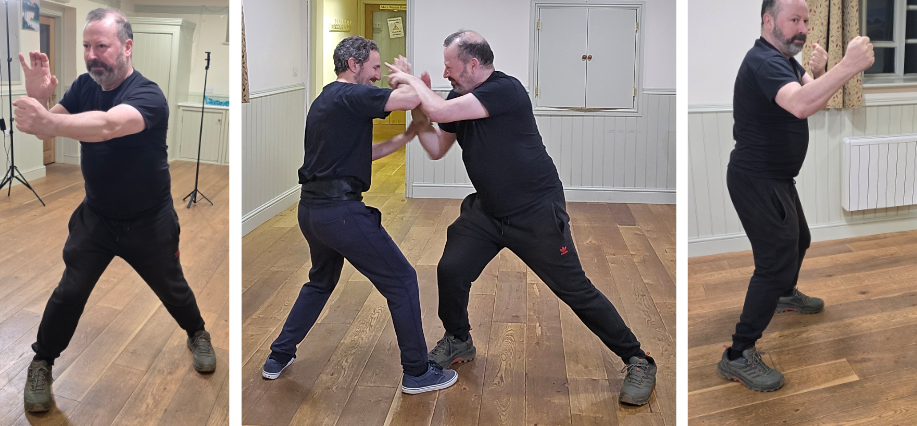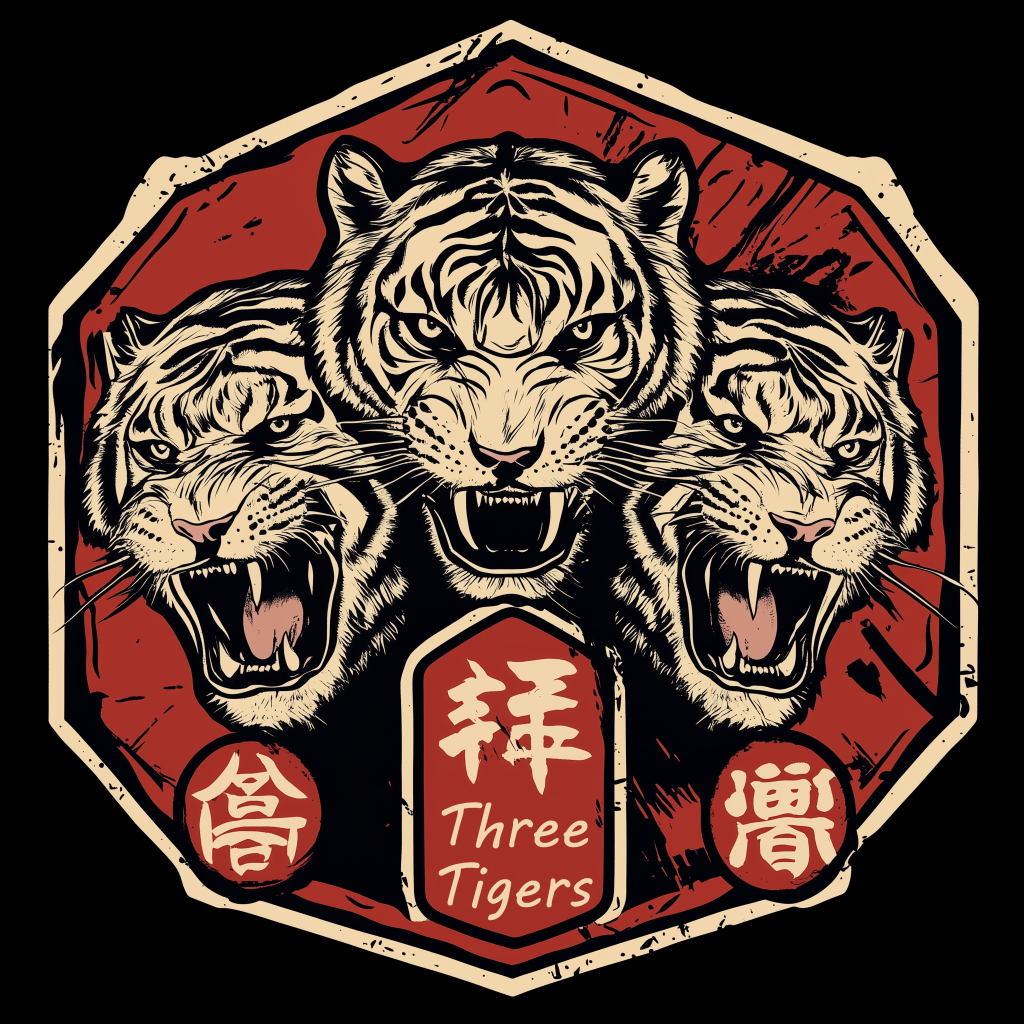Kempo
Japanese Kempo represents a fascinating martial tradition that defies simple categorization. Far more than a singular fighting style, Kempo is a rich tapestry of martial techniques with deep roots in Chinese, Japanese, Thai, and Western combat traditions. The term itself - a Japanese transliteration of the Chinese Quanfa - literally means "fist method" and has historically encompassed a wide range of martial practices connected to China.

The story of Kempo is intrinsically linked to Japan's complex social transformations. Following the Meiji Restoration in 1868, when the samurai class fell from prominence, the definition of Kempo expanded to include martial arts from diverse origins - from traditional Asian fighting styles to Western disciplines like boxing and wrestling. This adaptability reflects the art's fundamental philosophy of flexibility and continuous evolution.
Mishima Kempo, founded in 1994 at the Mishima Shrine in Nara Prefecture, embodies this dynamic approach. Tracing its lineage to Master Hao En Guang, a renowned Chinese bodyguard and prizefighter who taught in Japan during the decade of the 1910s, this style embraces cross-training and refuses to be confined by rigid boundaries. By drawing techniques from over ten different martial arts, Mishima Kempo represents a truly eclectic approach to combat training.
What sets Mishima Kempo apart is its rigorous approach to technique. Forms are not merely choreographed movements but living catalogs of practical fighting applications. Each motion must have a demonstrable, real-world use that can be effectively applied against a resisting opponent - a philosophy that transforms traditional kata from abstract dance to functional combat methodology.

The complexity of Kempo is perhaps most evident in its terminology, which reflects its multicultural origins. Terms may be drawn from native Japanese language, Chinese transliterations, or a blend of both, creating a linguistic landscape as diverse as the martial techniques themselves.
At its core, Japanese Kempo represents more than a fighting system - it is a dynamic martial philosophy that celebrates adaptability, cross-cultural exchange, and the continuous refinement of combat skills. Within the repetoire of Three Tigers, Kempo takes the most modern approach of our three arts.
